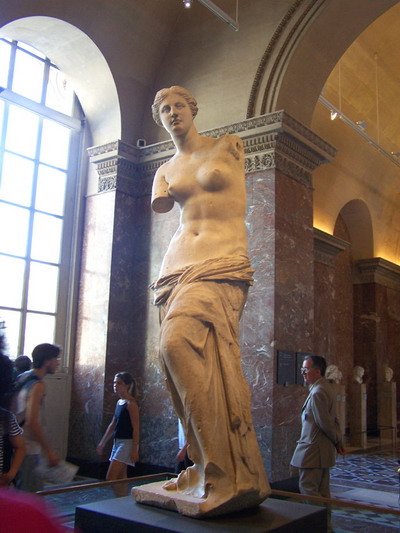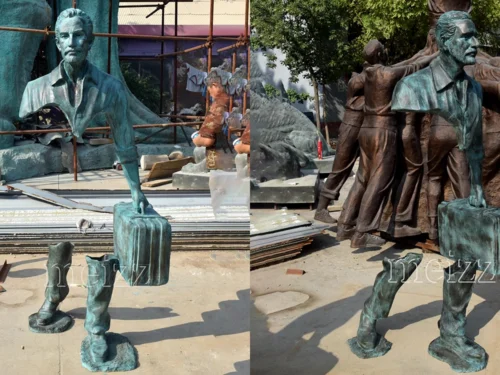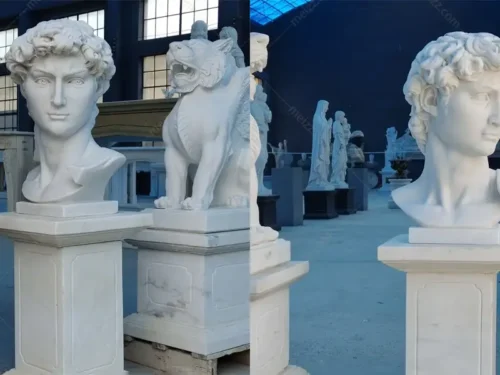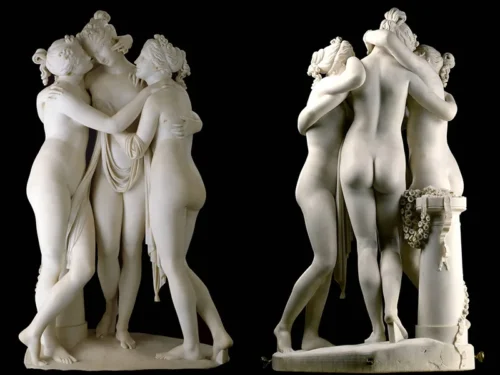
The Venus de Milo
Venus de milo sculpture is a classic sculpture of the highly mature period of Greek art. Venus Milo, also known as Broken Arm Venus, is a famous ancient Greek statue. Created between 130 and 100 BC, this statue depicts Aphrodite, the goddess of love and beauty in Greek mythology. The marble statue is 202 cm high, slightly larger than the actual size of the human body. It was discovered in 1820 on the Greek island of Milos (called Milo in modern Greek), so it is called Venus of Milo.
The sculpture completed in 150 BC and housed in the Louvre Museum in Paris. Her trim, enchanting waist, ups and downs of the breast, soft, delicate and elastic skin embodies bodybuilding youthful vitality, also embodies the humanism spirit in ancient Greek. But her oval face, straight nose, narrow forehead and chin, and the implicative, serene face, slightly reverse electromotive force derived from the Greek women and beyond Greek women. It is no wonder that Rodin, the famous French sculptor at the end of the 19th century, regarded her as “the miracle of miracles”, “the masterpiece of classical spiritual understanding, the structure of reason and emotion, the synthesis of knowledge and spirit”.

Description of venus
Ancient Greek art has the purity and idealized and idealized dignity and elegance unique to human childhood, which formed the unique aesthetic realm of Greek art. The 18th century German esthetician Winckelmann called it “pure sublime, solemn greatness”.
venus de milo sculpture known for his mysterious lost arms. The sculpture as a whole made up of two pieces of marble, and the connection between the two pieces of marble is very clever, where the exposed part of the body is adjacent to the wrap. This Venus statue recognized worldwide as a model of female human beauty, because she fully conforms to the golden ratio of human beauty.











